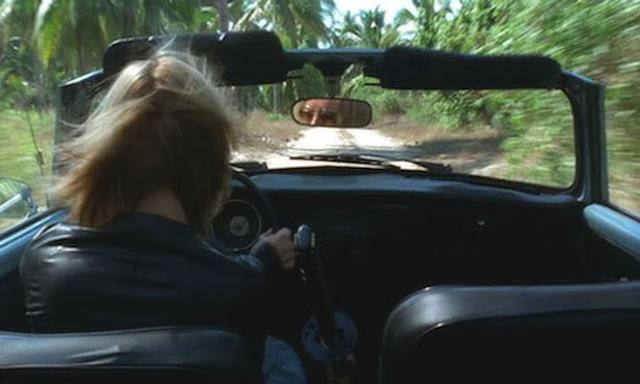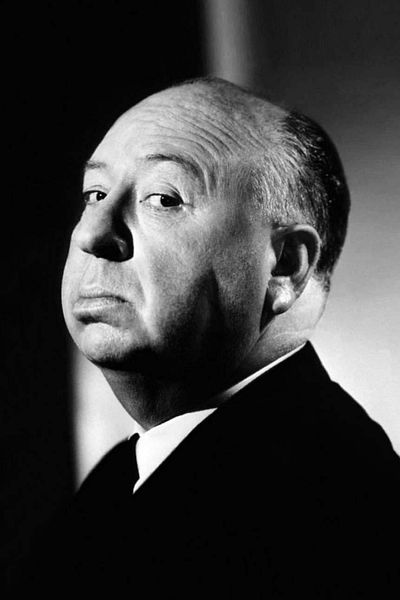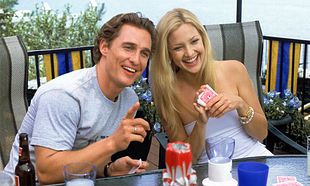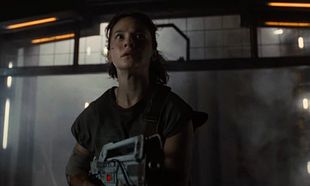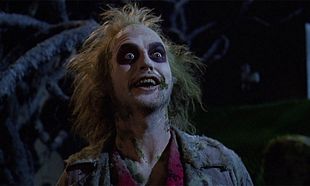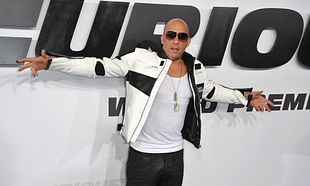If you've read Uma Thurman's interview in the New York Times, you'll be aware of a particular moment in Kill Bill that featured towards the end of the piece.
Essentially, Thurman alleges that Tarantino insisted she drive a car through a dirt-road for a shot that could have easily been completed by a stunt driver. Thurman was more than nervous about the whole thing, and crew members warned her about it as he did it. The video of the crash is brutal, and the force with which Thurman was shook was enough to cause her physical pain to this day. Yet, for whatever reason, maybe shock, you can see Thurman smiling as she's lifted out of the car.
Uma Thurman says Quentin Tarantino forced her to drive a car she couldn't properly operate during the filming of Kill Bill, resulting in a crash that left her permanent injuries. pic.twitter.com/Ae7tuEI3Tt
— LadyS™ (@LadySreviews) February 3, 2018
Quentin Tarantino wasn't even close to being the first director to put an actor in harm's way in order to achieve a shot. It's been going on for years. Ed Harris almost drowned on the set of The Abyss during a pivotal scene, and broke down in tears after filming. On the set of The Exorcist, Ellen Burstyn broke her coccyx during a scene where she's thrown across the room with a stunt-wire. After telling William Friedkin that the pull on the stunt-wire was too sharp, he told the coordinator to lessen the tug in front of her and then told him to "give it to her" after she'd left. In the film, the camera moves on top of Burstyn as she screams in agony from the injury. The shot made it into the finished film. Ellen Burstyn was later nominated for Best Actress, and The Abyss won Best Visual Effects.
Stunts are as much a part of the grand tradition of cinema as music, makeup and costume. Harold Lloyd and Safety Last! is considered to be one of the first action films ever made. They're part of the excitement of films. We might suspend our disbelief, but the knowledge that the film had a physical cost to the actors makes it all the more thrilling. When you see their panicked expressions and know that it's real, it just adds more credence to the myth that you've got to suffer to make great art. Of course, any actor will tell you that the trick isn't putting yourself in harm's way, it's making it seem like you're in harm's way.
Still, we as audience members and consumers still respond to the real thing more readily than we do CGI, and what's more, studios have cottoned on to the fact that the realism we so desperately crave is a tool to sell more cinema tickets. Just look at Tom Cruise's ankle-snapping stunt work on Mission: Impossible - Fallout. Cruise actually brought the real footage to Graham Norton and used it as a marketing spot for the film, all with his signature chuckling about the whole thing. On press tours, actors regale journalists with tales of bruising shoulders, blowing out knees, breaking wrists - all to get the action in camera and for us to see. When you look back over the film, you're looking for the moment it happened.
Stunt-work is something that's gone unrecognised by the Academy of Motion Picture Arts & Sciences for a long time, and there's been campaigns to have it recognised as a category in the Academy Awards in the same way that hair, make-up and costume design is awarded. Stunt-people are not only aware of the risk involved, their careers are honed in on weighing up the realities of the situation, deciding what's acceptable, and carrying out the stunt in a way that is both convincing and safe. However, the problem is that directors - and audiences, too - can spot when it's a stuntperson and when it's an actor.
Whether it's Harrison Ford jumping off a train for The Fugitive, or Charlize Theron doing most of her stunts in Atomic Blonde, or Tom Cruise snapping his ankle, there's a choice involved. When it works the right way, actors make the decision of their own free will because they want to get the shot and they want it to look it's them doing it. Sometimes it's an ego thing; they want to know the audience - and the director - to know that they're not afraid to push themselves for the role. Other times, it's a case of trying to overturn a public image to prove that they're capable of doing action like that.
It's like any job that involves an element of risk. Each person is responsible for their own safety, and it's the duty of a director to create an environment that everyone - from craft services right up to the top-billed star - feel safe and actually are safe. We have no way of knowing whether or not an actor was pressured into taking on a stunt that they didn't feel safe doing, obviously because we're not on set when that happens. Moreover, we can't readily know any of this until after the fact.
It took Uma Thurman fifteen years to get the footage of her crash on the set of Kill Bill. Although she seemed to be laughing as she was lifted out of the car, there is no doubt from her interview that the incident scarred her physically and emotionally.
As an audience, it's our responsibility to stop rewarding and praising directors who recklessly put people in danger for our enjoyment and entertainment.
